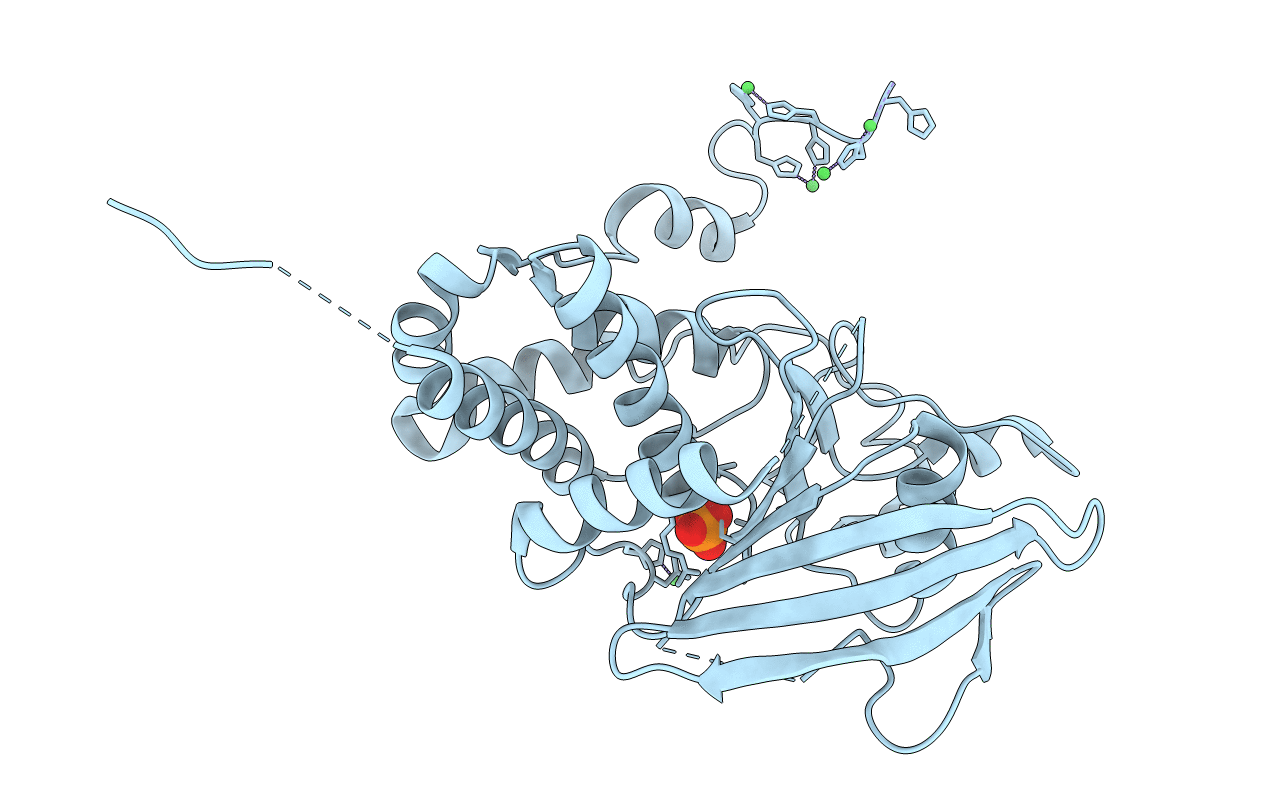
Deposition Date
2006-11-22
Release Date
2006-12-12
Last Version Date
2023-08-30
Method Details:
Experimental Method:
Resolution:
2.30 Å
R-Value Free:
0.22
R-Value Work:
0.18
R-Value Observed:
0.18
Space Group:
H 3


